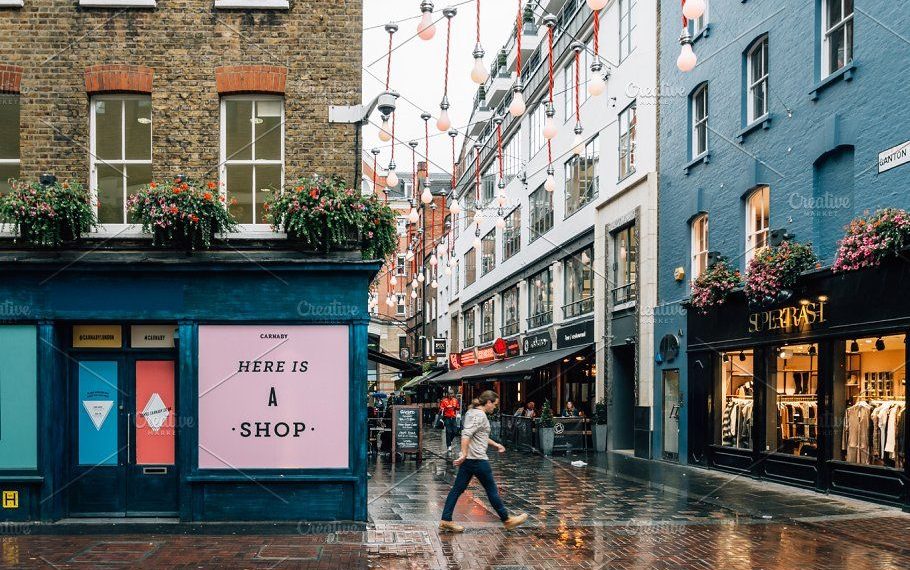Brixton, a dynamic neighbourhood in South London, has undergone a significant transformation in recent years, especially in its commercial rental market. This evolution has been catalysed by various factors, including the presence and initiatives of Brixton Arches, a prominent real estate company in the area. Let us take a closer look at the transformations that have influenced Brixton’s commercial rental landscape.
A Vibrant Heritage
Brixton’s history is woven with threads of cultural diversity and artistic expression. The area has always had a unique character that sets it apart from other parts of London. However, its commercial rental market did not always reflect this vibrancy. Over time, Brixton has undergone a dramatic shift, with various factors contributing to its transformation.
Urban Regeneration: A Catalyst for Change
1. Investment in Infrastructure
Brixton’s resurgence can be attributed in part to significant investments in infrastructure and urban regeneration projects. Improved transportation links, renovated public spaces, and upgrades to the local environment have made Brixton a more attractive destination for businesses.
2. Creative Entrepreneurship
A surge in creative entrepreneurship has injected new life into Brixton’s commercial landscape. A wave of innovative startups, boutiques, and eateries have found a welcoming home here. These businesses not only cater to the diverse community but also add a unique flair to the area.
3. Community-Led Initiatives
Community-led initiatives and grassroots efforts have played a pivotal role in Brixton’s transformation. Local organisations and residents have actively engaged in projects that promote social inclusion, artistic expression, and economic development. This collective effort has contributed to the area’s vibrant atmosphere.
The Changing Face of Commercial Rentals
The commercial rental market in Brixton has evolved to accommodate the changing dynamics of the area.
1. Diverse Business Mix
Brixton’s commercial landscape is now a vibrant mosaic of businesses. From traditional markets and independent retailers to co-working spaces and cultural venues, there’s a diverse mix of offerings. This diversity reflects the eclectic nature of Brixton itself.
2. Innovative Use of Spaces
Traditional spaces, such as old warehouses and industrial buildings, have been repurposed to meet the needs of modern businesses. This adaptive reuse of spaces has not only preserved the architectural heritage of Brixton but also created unique settings for businesses to thrive.
Challenges and Opportunities
While Brixton’s transformation is undoubtedly a success story, it hasn’t been without its challenges.
1. Gentrification Concerns
The rise in property values and rents has raised concerns about gentrification, potentially displacing long-standing residents and businesses. Striking a balance between development and community preservation remains an ongoing challenge.
2. Affordable Commercial Spaces
Maintaining affordable commercial spaces for local businesses, particularly startups and independent ventures, is crucial to sustaining Brixton’s unique character. This challenge requires thoughtful planning and policy interventions.
Brixton’s commercial rental market has undergone a significant evolution, mirroring the broader transformation of the neighbourhood. A combination of civic rejuvenescence, creative entrepreneurship, and community engagement has reshaped the area into a thriving and dynamic marketable mecca. As Brixton continues to evolve, it serves as a testament to the power of community- led enterprise and innovative civic planning in revitalising civic neighbourhoods. The spirit of Brixton, rich with its cultural heritage and entrepreneurial energy, remains a shining example of the potential for positive change in our cities.







